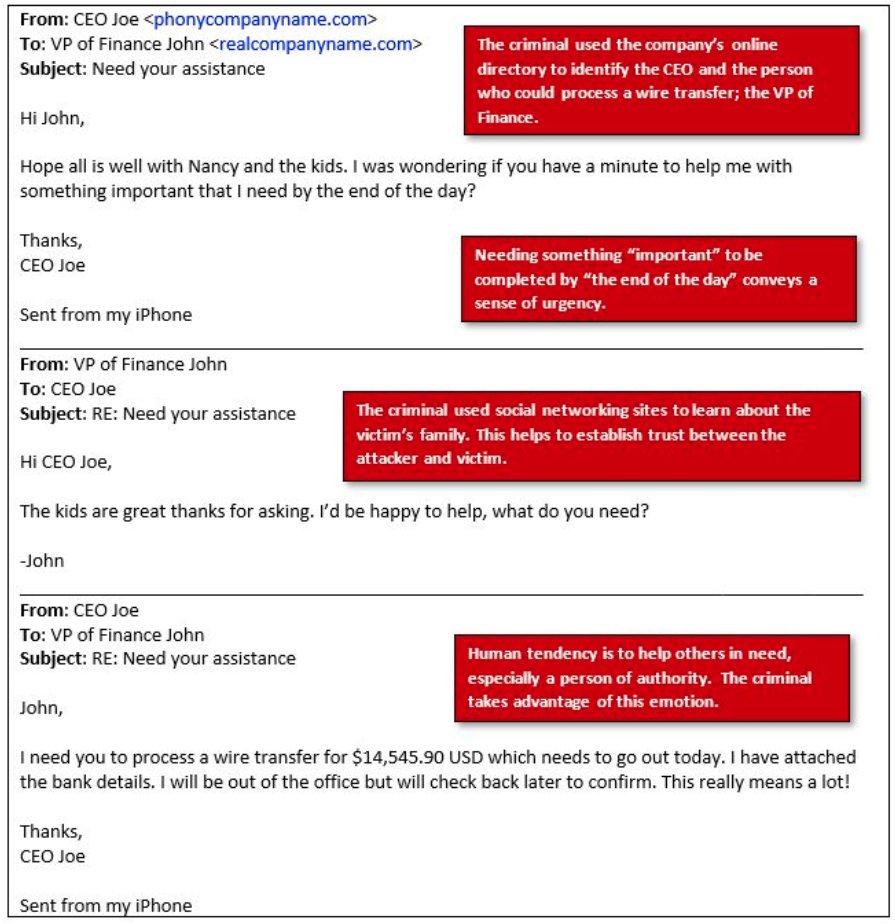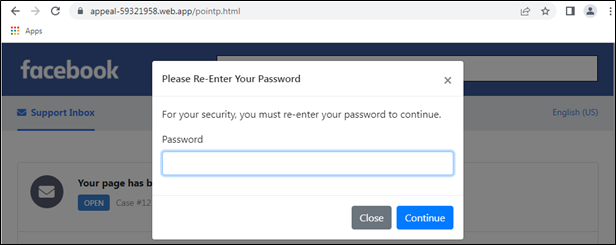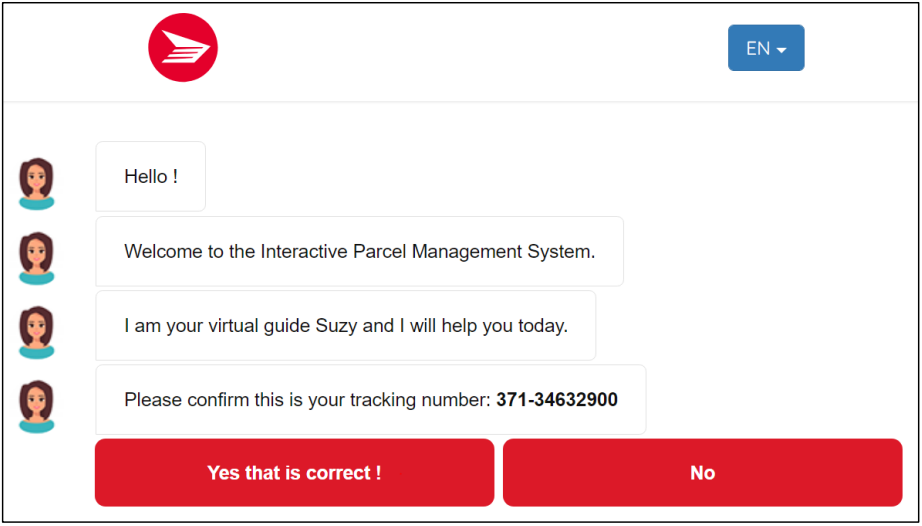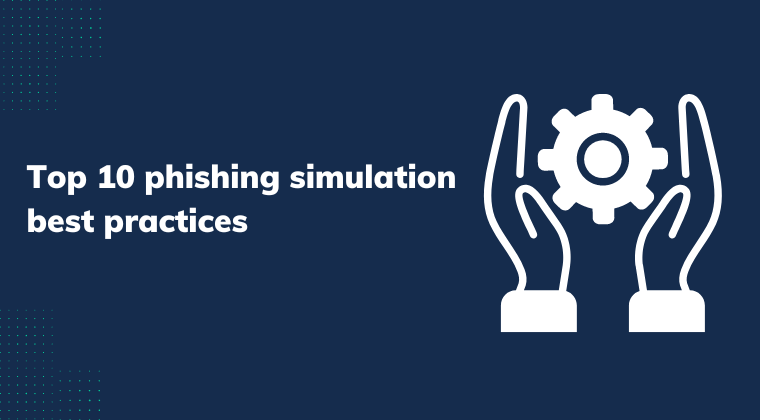6 Beispiele für effektives Phishing-Simulationstraining
Es ist für jeden in der IT-Branche keine Neuigkeit, dass die Häufigkeit und Raffinesse von Cyber-Angriffen in den letzten Jahren immer bedeutender geworden ist. Wie man Geschäftsdaten schützt und sich von Cyberkriminellen, Hackern und anderen böswilligen Akteuren fernhält, ist für IT-Sicherheitsexperten zu einem der wichtigsten Themen geworden.
Was ist Phishing-Simulationstraining?
Warum ist Phishing-Simulationstraining wichtig?
Verschiedene Formen des Phishing-Simulationstrainings
Wie kann die Effektivität des Phishing-Simulationstrainings maximiert werden?
Richten Sie jetzt Ihr Phishing-Simulationstraining ein
Was ist Phishing-Simulationstraining?
Phishing-Simulationstraining ist eine Methode, mit der Unternehmen ihre Mitarbeiter in einer kontrollierten Umgebung über Phishing-Versuche aufklären. Ziel der Schulung ist es, die Fähigkeit der Mitarbeiter zu entwickeln, Phishing-Betrug zu erkennen und zu melden, sowie das Bewusstsein für die potenziellen Risiken zu schärfen, auf Phishing-Versuche hereinzufallen.
Laut dem neuesten Branchenbericht von AAG, einem bekannten IT-Dienstleister, bleibt Phishing die häufigste Form der Cyberkriminalität. Von den britischen Unternehmen, die 2022 einen Cyberangriff erlitten haben, geben 83 % an, dass es sich bei dem Angriff um Phishing handelte. Aus diesem Grund setzen immer mehr Unternehmen Schulungen zur Phishing-Simulation ein, um ihre Mitarbeiter mit besseren Kenntnissen im Bereich Cybersicherheit auszustatten.
Warum ist Phishing-Simulationstraining wichtig?
Die Landschaft der Cybersicherheitsbedrohungen entwickelt sich ständig weiter und ist hochdynamisch. Laut State of Email Security 2022:
- 92 % der Unternehmen haben sich mit einer Datenschutzverletzung befasst, die durch einen Endbenutzerfehler verursacht wurde.
- 71 % der Sicherheitsverantwortlichen erlebten im Jahr 2022 infolge eines erfolgreichen fortgeschrittenen Angriffs eine Kompromittierung von Anmeldeinformationen oder Konten.
- Fast 1 von 5 fortgeschrittenen E-Mail-Angriffen ist erfolgreich.
Phishing-Angriffe führen oft zu kostspieligen Datenschutzverletzungen und Reputationsschäden. Phishing-Simulationsschulungen können dazu beitragen, das Risiko erfolgreicher Phishing-Angriffe zu verringern, was wiederum dazu beitragen kann, die Kosten von Sicherheitsverletzungen zu senken.
Verschiedene Formen des Phishing-Simulationstrainings
Es besteht kein Zweifel, dass Cyber-Angriffe immer häufiger und schwer zu erkennen sind, glücklicherweise schreitet auch das Design von Phishing-Simulationstrainings schnell voran. Sehen wir uns einige beliebte Arten von Phishing-Simulationstrainings an, die Benutzern helfen können, moderne Cybersicherheitsherausforderungen zu bewältigen.
- Email phishing simulation: This type of simulated phishing attack typically involves sending a realistic-looking phishing email to employees, with the aim to see how many of them fall for the scam, click on a malicious link or provide sensitive information. Some phishing simulation vendors provide readily-made email templates which makes it easy for IT professionals to quickly create high-quality phishing tests. Here is an example.

These readily-made email templates help IT managers to save time, ensure consistency in messaging and reduce the likelihood of errors or mistakes. - Social engineering simulation: Social engineering simulation is a method of testing users’ security awareness and preparedness by creating a fictional backstory that is used to influence behaviour or to manipulate someone into providing private information. The common examples of this training are pretexting, baiting, and tailgating.

The above is a pretexting example by the Information Security Office of Carnegie Mellon University. It clearly explains what this kind of scam looks like and how it works. - Online phishing simulation: This type of training involves simulating phishing attacks through online channels, such as social media or inbox messaging. The sender would pretend a friend or colleague of the users and send out phishing messages to them, hoping to trick them into compromising their personal data or sensitive information which may lead to unauthorised access to the accounts.
Researchers from Trustwave has found a new phishing tactic which involves using fake Facebook accounts and OTP pages to steal users' password and credentials.
- Interactive phishing training: This type of training uses chatbot-like web applications and allows employees to interact with simulated phishing scenarios, giving them the opportunity to practise identifying and responding to these types of attacks in a safe environment. Some companies may use phishing simulation software that allows them to customise phishing attacks and track employee responses in real time.

The above is an example from Trustwave of a chatbot-like scam. The fake chatbot tries to confirm the order tracking number. By clicking the “yes” option, the programme will try to engage at a higher level with the victim by showing the picture of the item and asking for the preferred delivery address (i.e., home or office address).

- Gamification: This type of training uses game design elements in non-game contexts to engage and motivate users to learn. Gamification has been seen used in security awareness training more often nowadays, with the aim to make the learning experience more fun, interactive, and memorable.

This is an example of how gamification can be applied in the field of cybersecurity. Studies have found that this type of training does a fantastic job of increasing employee participation and retention of information. - Combination of the above: Some organisations use a combination of the above methods to provide a comprehensive training experience.
Wie kann die Effektivität des Phishing-Simulationstrainings maximiert werden?
Phishing simulation training is scientifically proven to be an effective way to improve employee awareness of phishing scams and reduce the likelihood of successful phishing attacks. Click here to read more about the relevant industry research and statistics.
Although phishing simulation training is helpful, its effectiveness can vary depending on the type of training provided, the frequency of training, and how well the training is tailored to the specific needs and concerns of the organisation.
Nowadays, attackers are using a wide range of tactics and techniques to target organizations of all sizes and across all industries. To maximise the impact of the training, it is recommended by the State of Email Security 2022 which we mentioned a minute ago, that security leaders should bolster phishing simulation training with technology that can detect and prevents an assortment of threats.
It's also important to note that phishing simulation is not a one-time solution, it should be a continuous process to keep the employees updated and vigilant to the new techniques used by attackers.
Richten Sie jetzt Ihr Phishing-Simulationstraining ein
Action is the foundational key to success. Start planning your phishing simulation today! Check out our phishing simulation training and enjoy a 14-day free trial. Want to learn more about phishing simulation training? Click on our Employee Phishing 101 blog post to gain more in-depth knowledge.
.png?width=760&height=300&name=httpswww.usecure.ioenfree-employee-phishing-test%20(2).png)

